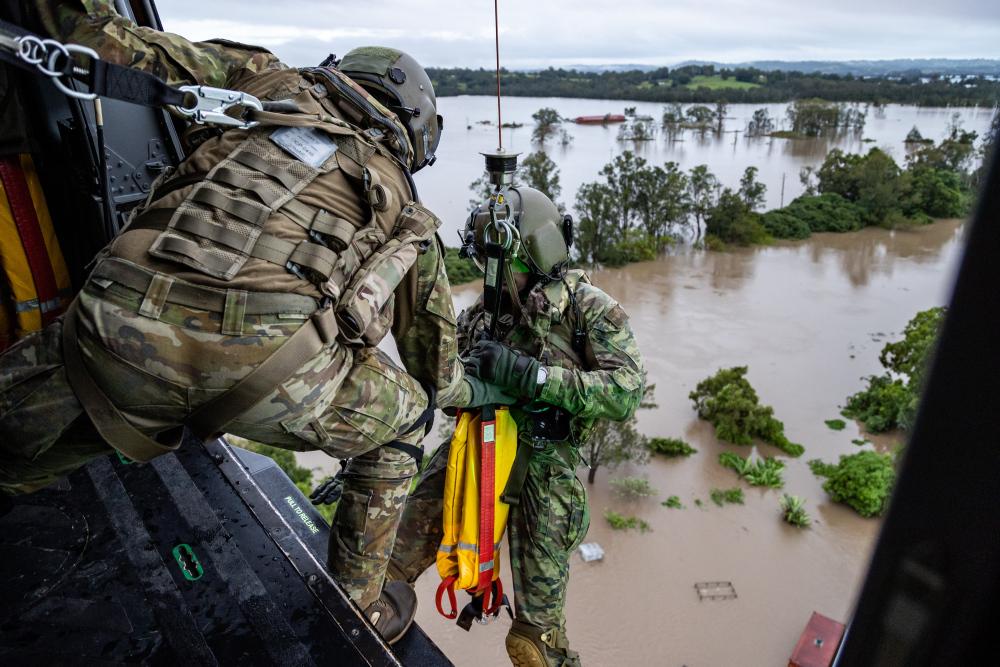The Australian Defence Force (ADF) is ramping up support for flood-affected communities along the Australian east coast as residents criticise the government for not providing enough help.
The ADF will more than double the number of personnel on the ground, from around 2,300 to 5,000 over the week, who will help with rescues, dropping off supplies, and clean up efforts, including clearing up roads and fixing telecommunication networks.





